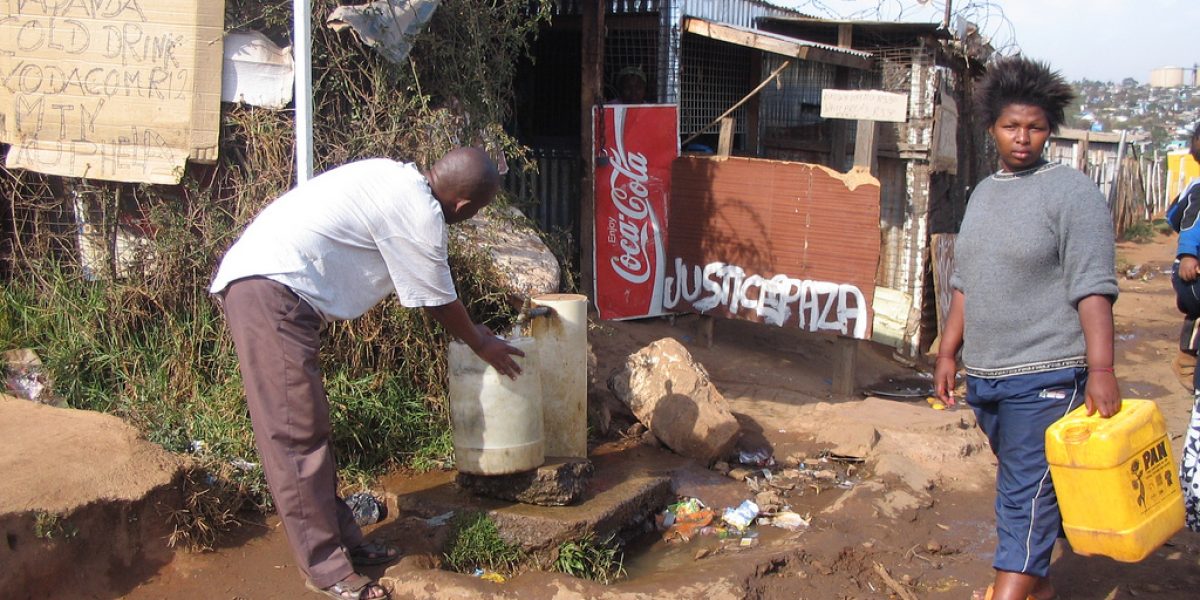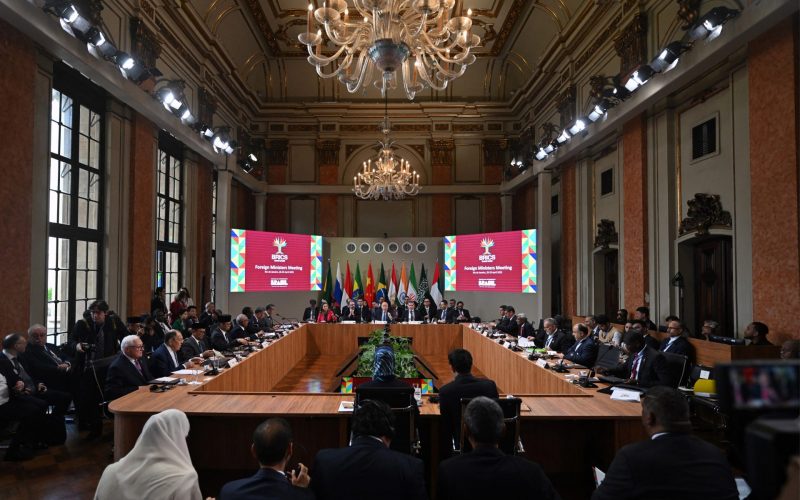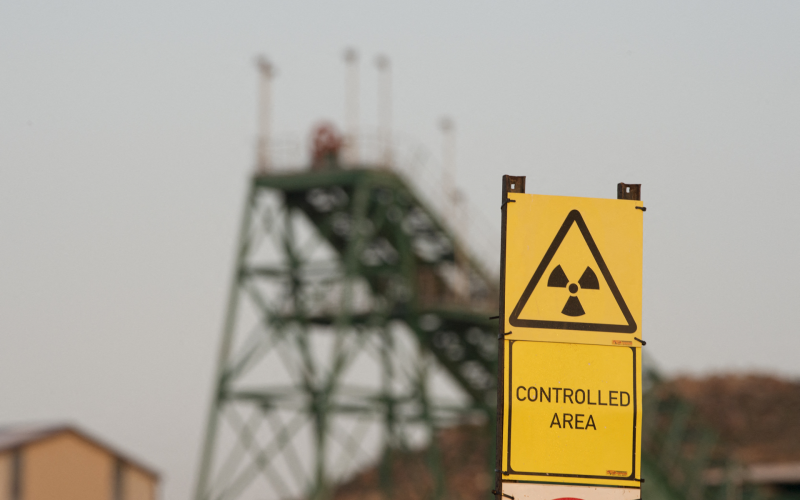However, populations have grown even faster and the absolute number of unserved people has increased by about 60 million over the same period. Consequently, the number of people accessing water annually would need to triple in order for SSA to reach the water MDG by 2015. The situation of sanitation is even more dramatic both in terms of access and of limited progress since 1990. Moving forward requires ambitious reforms in institutions, legal frameworks, and policies in order to change the structure of incentives. There is a need for a comprehensive and integrated approach to ensure the sustainability of simultaneously expanding access to drinking water and sanitation, while facilitating economic growth and meeting ecosystem needs. Improvement also implies strengthening capacity on the ground, notably at local level where most of water management is undertaken, and developing monitoring mechanisms to follow progress and adopt corrective measures if necessary. Financing remains a central issue for all stakeholders: government budgets and development assistance have largely been insufficient to cover the scale of investments needed; national water providers have also failed to help establish a financially sustainable system and alternative sources such as private participation have proved disappointing.








